Hoi An possesses a rich culinary culture, using available ingredients from the mountains, plains and sea, both typical of the central coastal region and the unique features of Hoi An.
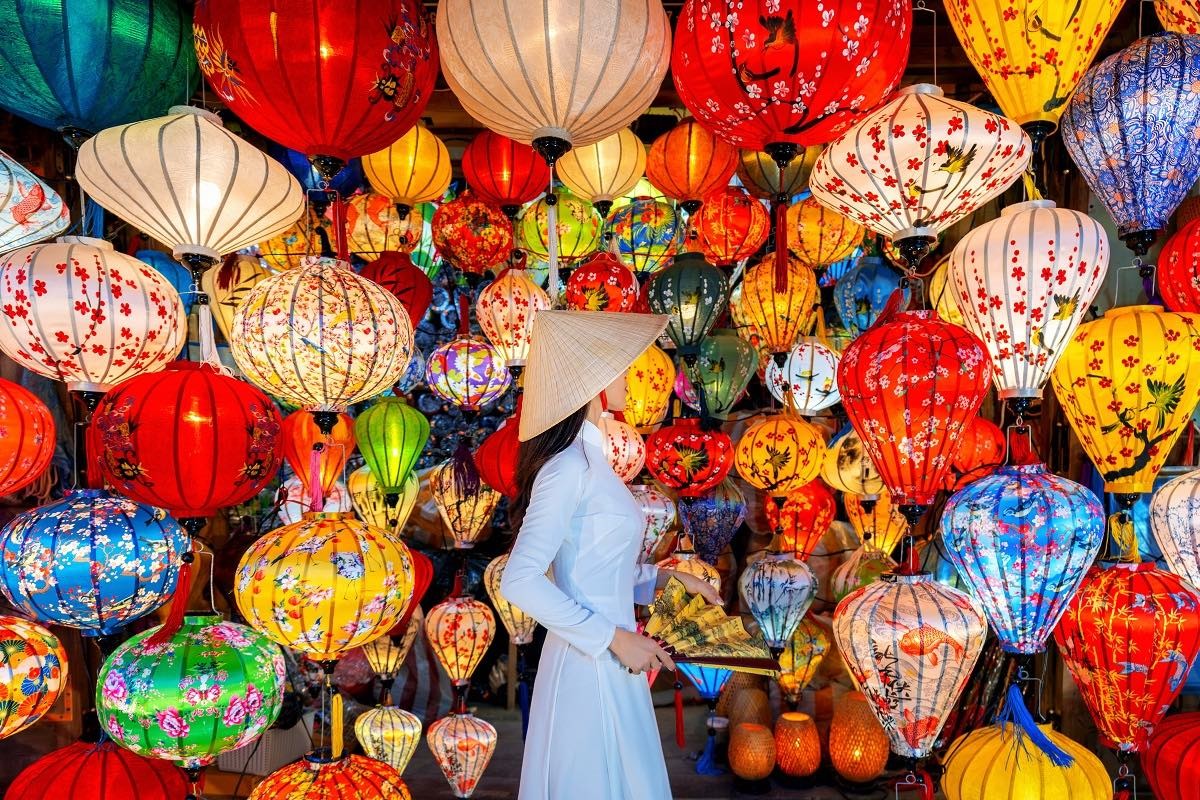 |
| Hoi An ancient town sparkles with colorful lanterns. (Source: TITC) |
Walking on the beautiful and poetic streets, admiring the old houses stained with time, immersing yourself in the nostalgic natural scenery and not forgetting to enjoy the unique cuisine are memorable experiences for visitors on their journey to visit the heritage city of Hoi An.
The ancient town shimmers along the Hoai River
Located on the banks of the peaceful Hoai River - a branch of the lower Thu Bon River, Hoi An ancient town retains its beauty over the years. This was once the busiest international trading port in the 17th - 18th centuries, a place where Vietnamese, Chinese, Japanese and Western countries gathered for trade. Therefore, Hoi An cuisine is the fusion and crystallization of many unique cultures.
Thanks to the advantage of diverse terrain, Hoi An people have accumulated a rich cuisine, using available ingredients from mountains, forests, plains and seas, both typical of the Central coastal region and the unique features of Hoi An.
Hoi An's climate is a mixture of the climate of the South and the North, with two distinct rainy and dry seasons, and the weather is warm and pleasant all year round. Perhaps because of this weather, fresh vegetables have become an indispensable food in every meal of Hoi An people, the most famous of which are vegetables from Tra Que village.
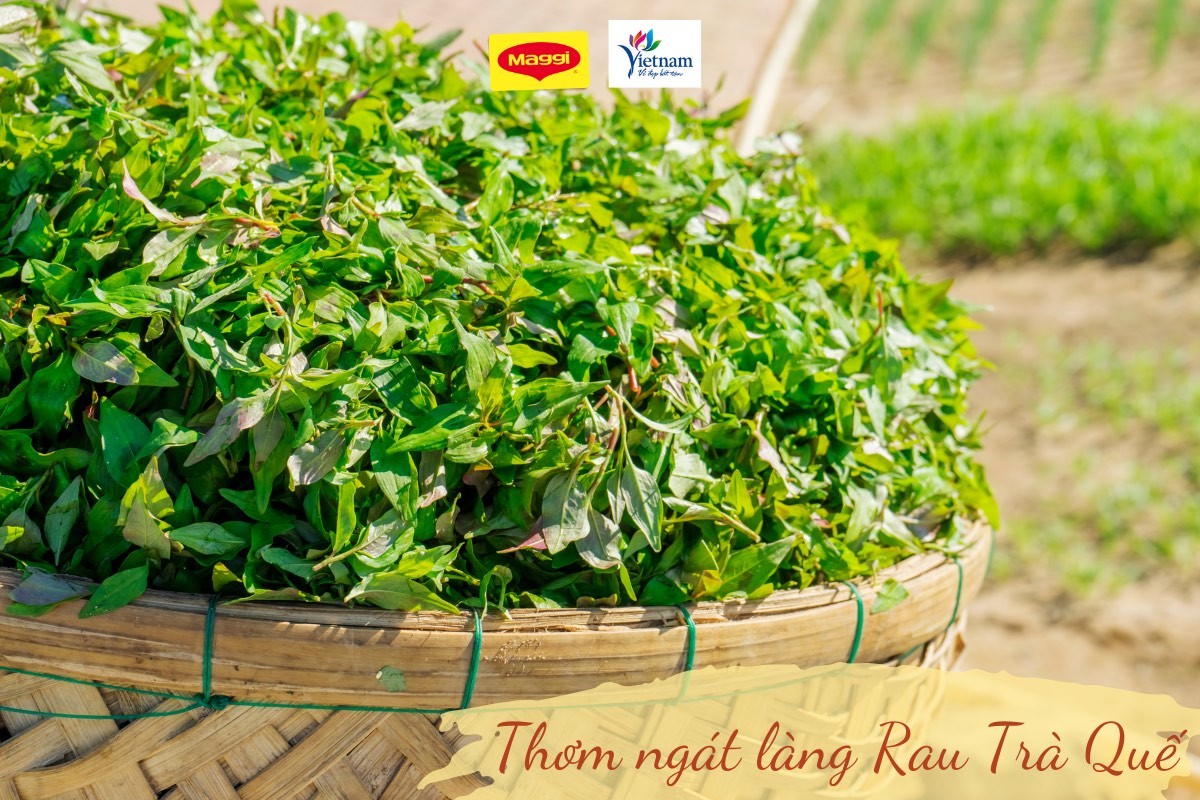 |
| Fresh young herbs from Tra Que vegetable village. (Source: TITC) |
Coming here, visitors will have the opportunity to learn about dozens of diverse leafy vegetables and herbs grown on fertile land, such as Vietnamese coriander, basil, cinnamon, coriander, perilla, chives, onions, to bitter herbs and fish mint... There are so many types of vegetables here that Hoi An people still pass on the saying: "Whoever comes to Tra Que, come back/ Tra Que has the profession of sowing green bean sprouts/ In the morning, they sell onions/ In the afternoon, they water the fields, and they don't sleep until five o'clock in the morning" .
Visitors can also experience real farmer life by digging the soil, planting and harvesting vegetables. Or enjoy Hoi An specialties such as Banh Vac, Hen Tron, Quang noodles, Cao Lau... made from freshly harvested vegetables.
Hoi An culinary culture - Where the quintessence converges
Hoi An is characterized by ancient houses that are hundreds of years old. Today, some houses have become spaces for visitors to enjoy food and drinks when visiting the heritage land.
In the nostalgic, poetic space, the flavors and simple decoration of Hoi An dishes seem to take visitors back in time to the past to immerse themselves in the bustling scene of a golden age and experience the unique traditional culture. In Hoi An, just eating a dumpling, a pancake, a rice cake, a rice paper or a bowl of mixed mussels can help you feel the gentle spirit of the people of Hoi An, the favors of rivers, seas and plains bestowed upon this fertile land.
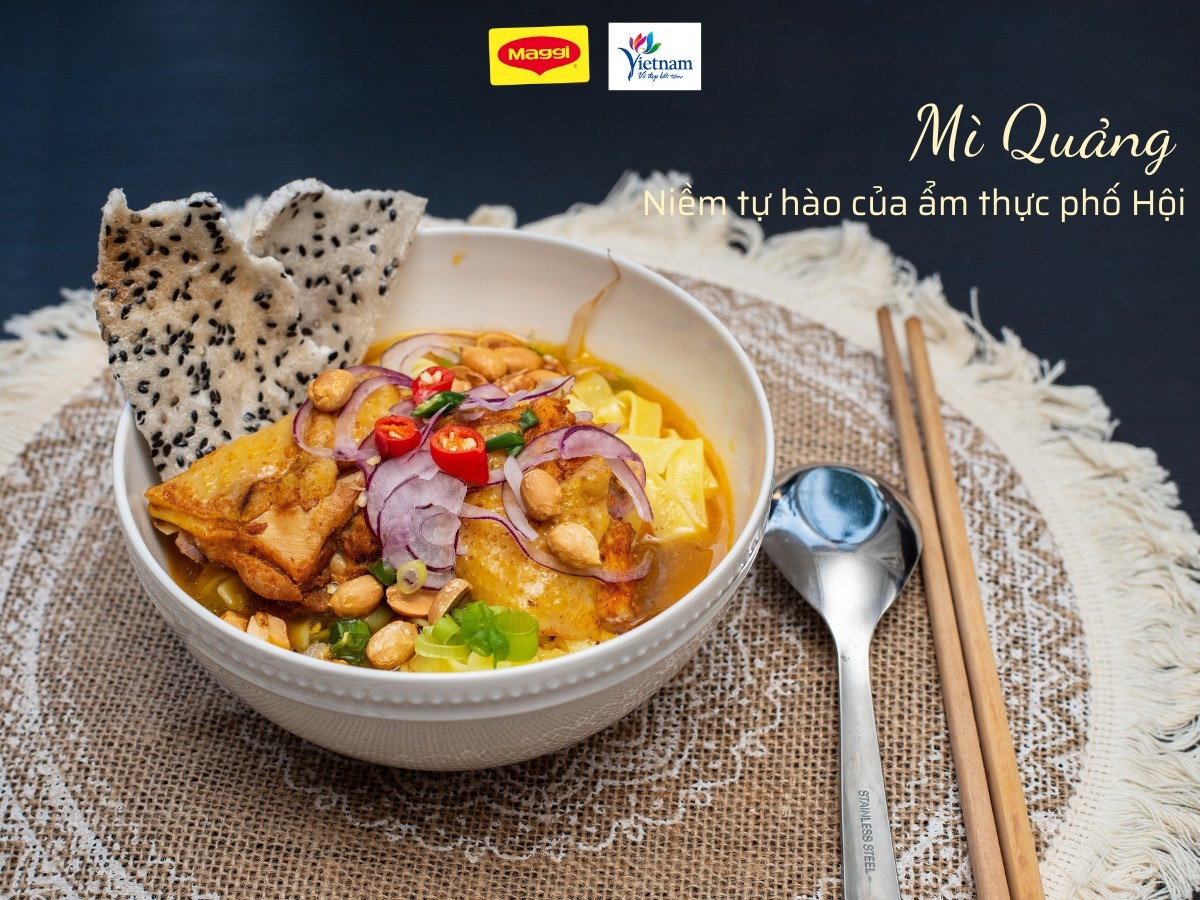 |
| Quang noodles, one of 12 Vietnamese dishes achieving "Asian culinary value". (Source: TITC) |
One of the prides of Hoi An culinary culture is Quang noodles - a dish that shows the flexibility, creativity, and seasonal food of the people here, because any product, whether shrimp, pork, chicken, snakehead fish or frog, can be cooked with noodles. Quang noodles are made from a type of less sticky rice and a layer of peanut oil (peanut oil) fried with shallots to ensure that the noodles do not stick together.
The faint aroma of peanut oil and its unique flavor have created the appeal of this dish, which was officially honored by the Asian Record Organization as one of 12 Vietnamese dishes achieving "Asian culinary value".
When stopping in Hoi An, visitors should not forget to enjoy Cao Lau, a dish often mentioned as a specialty in folk songs about this land: "Hoi An has Ha-uy-di/ Chua Cau, Ong Bon, Cao Lau Nam Co" , or " Hoi An specialty dish/ Cao Lau Ong Canh, Tam Tam banh xeo ". According to locals, the name Cao Lau originated from the fact that in ancient times, this was a delicacy enjoyed on a high floor, diners could both feel the distinct flavor of Cao Lau and admire the sparkling Hoi An town on the Hoai River bustling with boats.
The process of making Cao Lau noodles is very elaborate: the chef must soak the rice in filtered ash water and grind it into flour, then use cotton cloth many times to dry the dough, then roll the dough and cut it into strands, steam and dry. A bowl of Cao Lau has bright, eye-catching colors with braised pork, braised pork juice and shrimp fat, served with fresh herbs picked from Tra Que vegetable village. The secret to a delicious bowl of Cao Lau lies in the braised pork juice, which has both the sweetness of the meat and the rich flavor of sugar water, soy sauce and fish sauce.
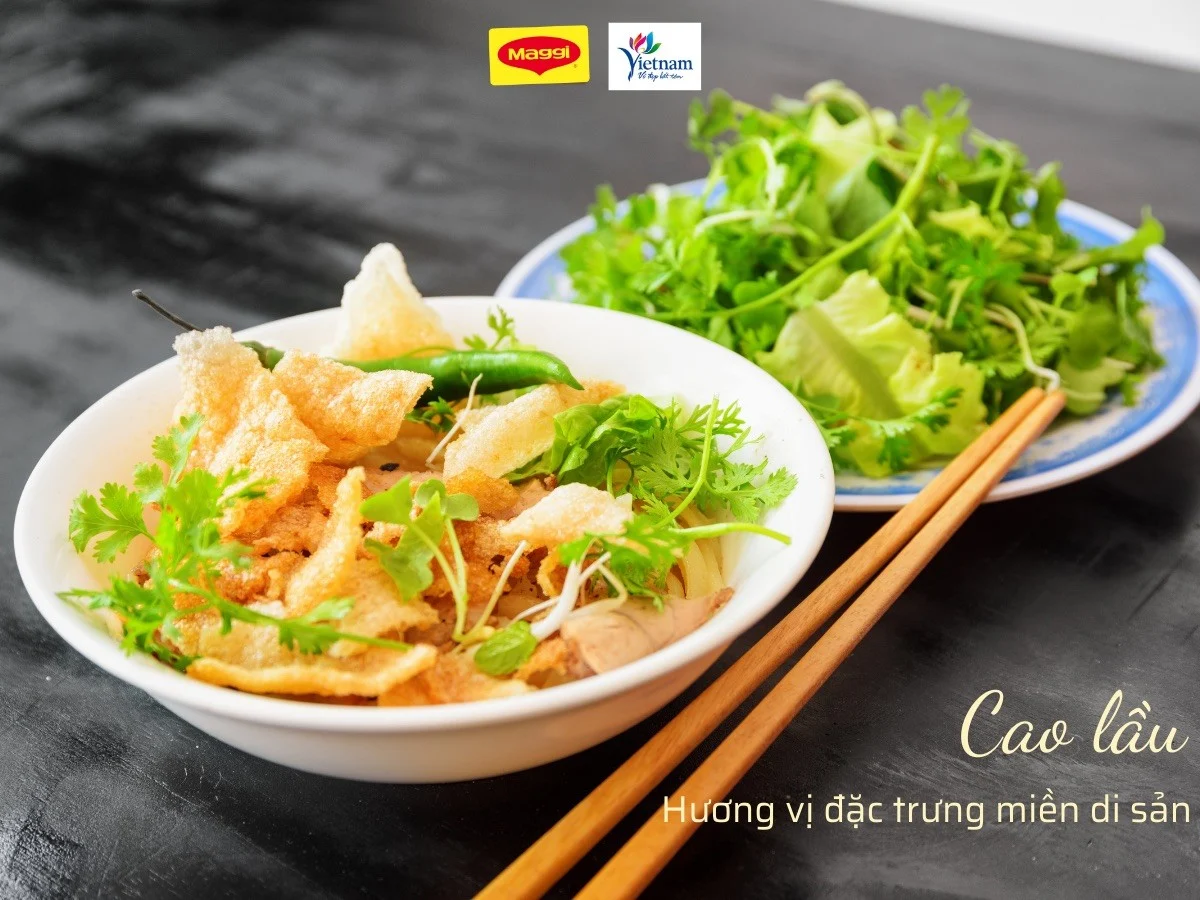 |
| Cao Lau is a famous dish in Hoi An. (Source: TITC) |
Hoi An also attracts tourists with a famous specialty - chicken rice. With skillful hands, Hoi An people have taken advantage of fresh chicken from Tam Ky and fragrant sticky rice grown along the Thu Bon River to make the famous delicious chicken rice. The fragrant, soft, fatty chicken meat along with the sticky, golden rice grains, served with salad and a special sauce will make visitors remember it forever after just one bite.
In the past, chicken rice was often sold on street vendors in every street and alley. Later, it became popular and widely available in most large and small restaurants on the streets of Hoi An.
Hoi An people in particular and Quang Nam people in general also have a saying " eat bon bon when hungry ". Bon bon is a specialty fruit of the mountains and forests, not only a dessert, with inherent creativity, local people also take advantage of it to process into many delicious dishes, the most prominent of which is bon bon salad.
The mangosteen is picked from the tree, peeled, separated into segments, and the thin silk-like membrane around it is removed. The mangosteen is mixed with fried shrimp and thinly sliced pork belly. The seasonings used to mix the salad include lemon juice mixed with sugar, garlic, chili, and sprinkled with roasted peanuts, fried onions, and Vietnamese coriander...
A true bon bon salad combines all the elements of sour, sweet, spicy and aromatic. When enjoying, diners can eat it with crispy shrimp crackers or simply eat it directly, which is enough to make you remember it forever.
 |
The poetic ancient town of Hoi An on the Hoai River. (Source: TITC) |
Walking around Hoi An, tourists can easily see many sweet soup stalls. Sweet soup is a snack that is especially loved by Hoi An people. Unlike Hue sweet soup which is elaborately prepared with royal flavor, Hoi An sweet soup tends to be rustic and simple such as sweet corn sweet soup mixed with black grass jelly, black sesame sweet soup, green bean sweet soup... Sitting on a plastic chair, enjoying a cup of sweet soup while watching the small streets, you can fully appreciate the wonders of this city.
Not only does Hoi An treat you with ancient architectural works or nostalgic atmosphere, not only does it treat you with colorful bougainvillea or sparkling lantern nights, in the heart of every tourist, Hoi An also has attractive dishes, once tried, it is unforgettable, making people want to come back to enjoy a moment of leisure and peace.
Source



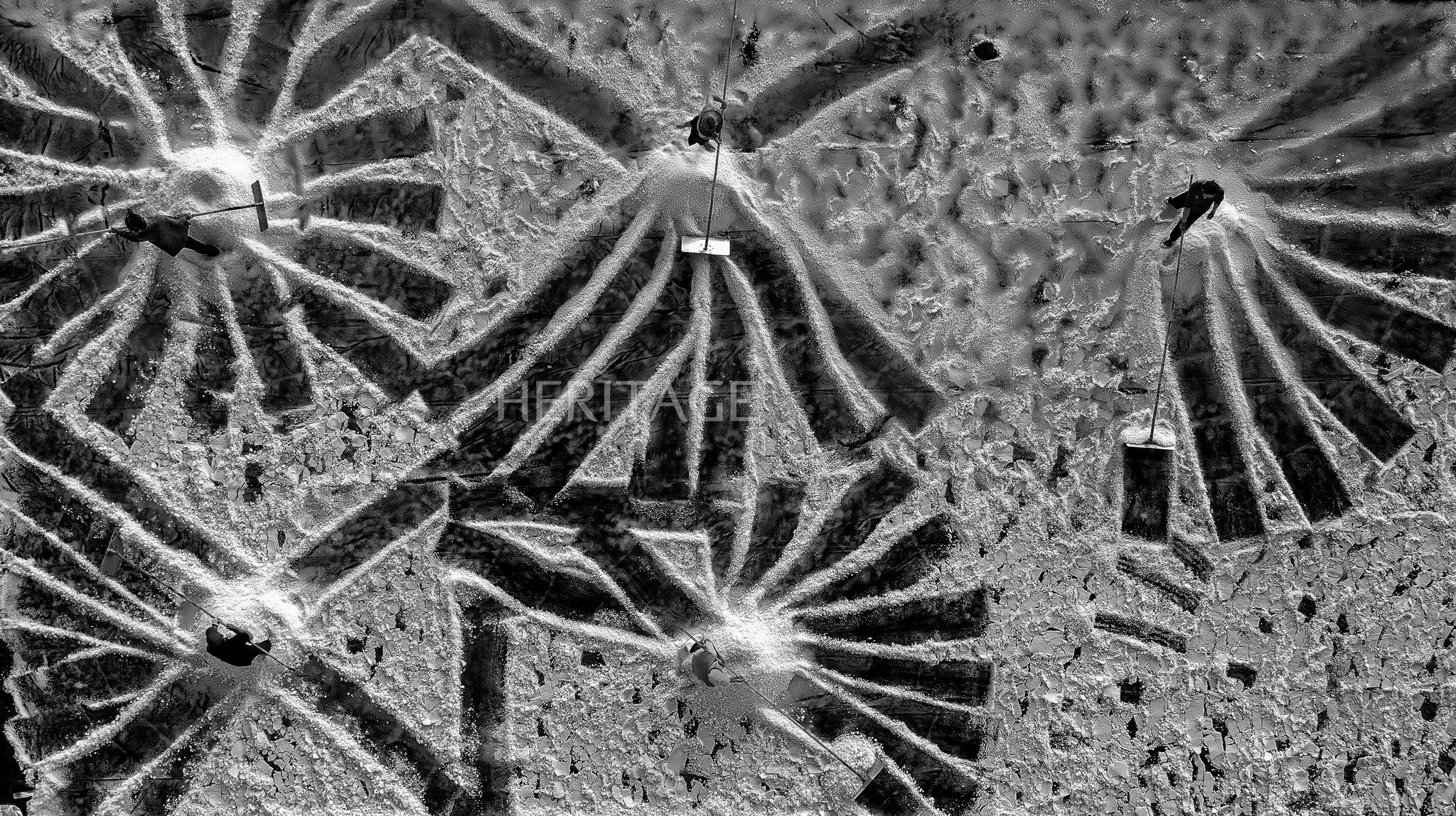




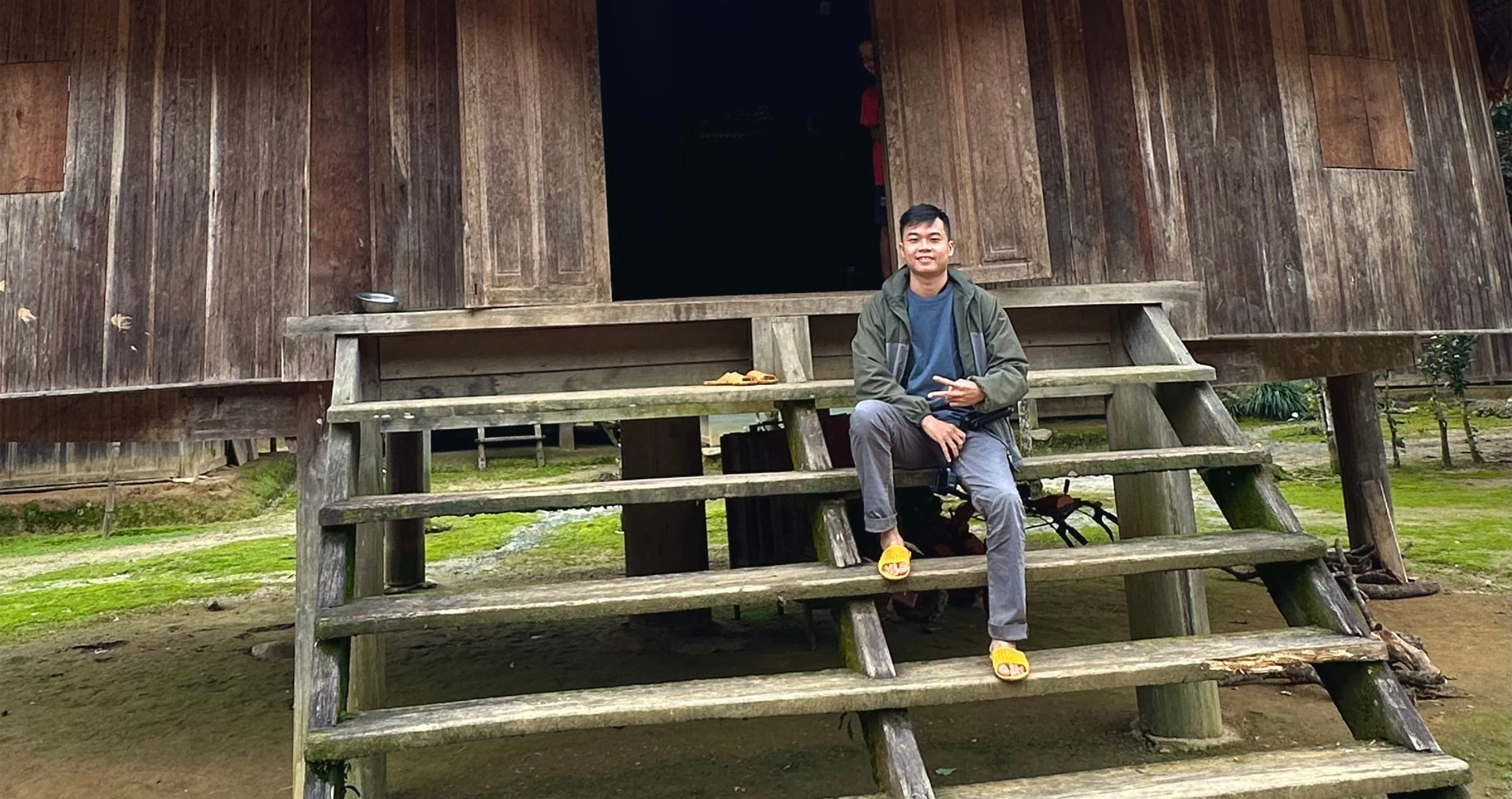








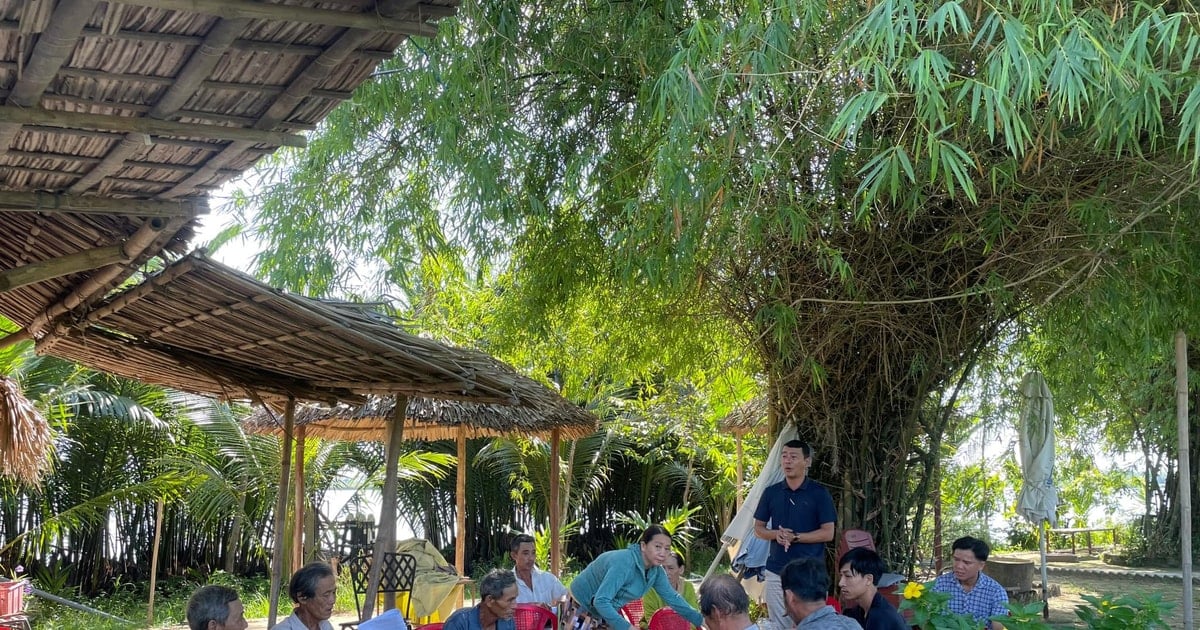

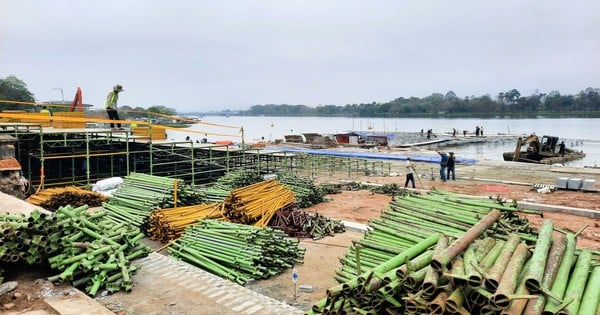




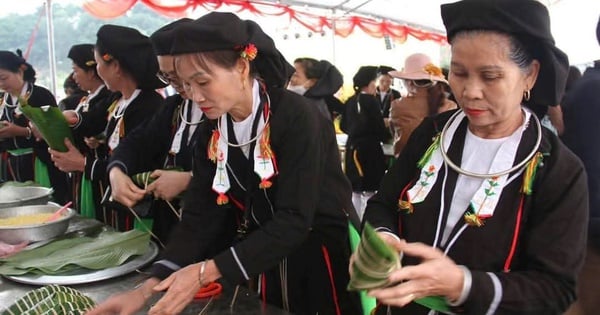
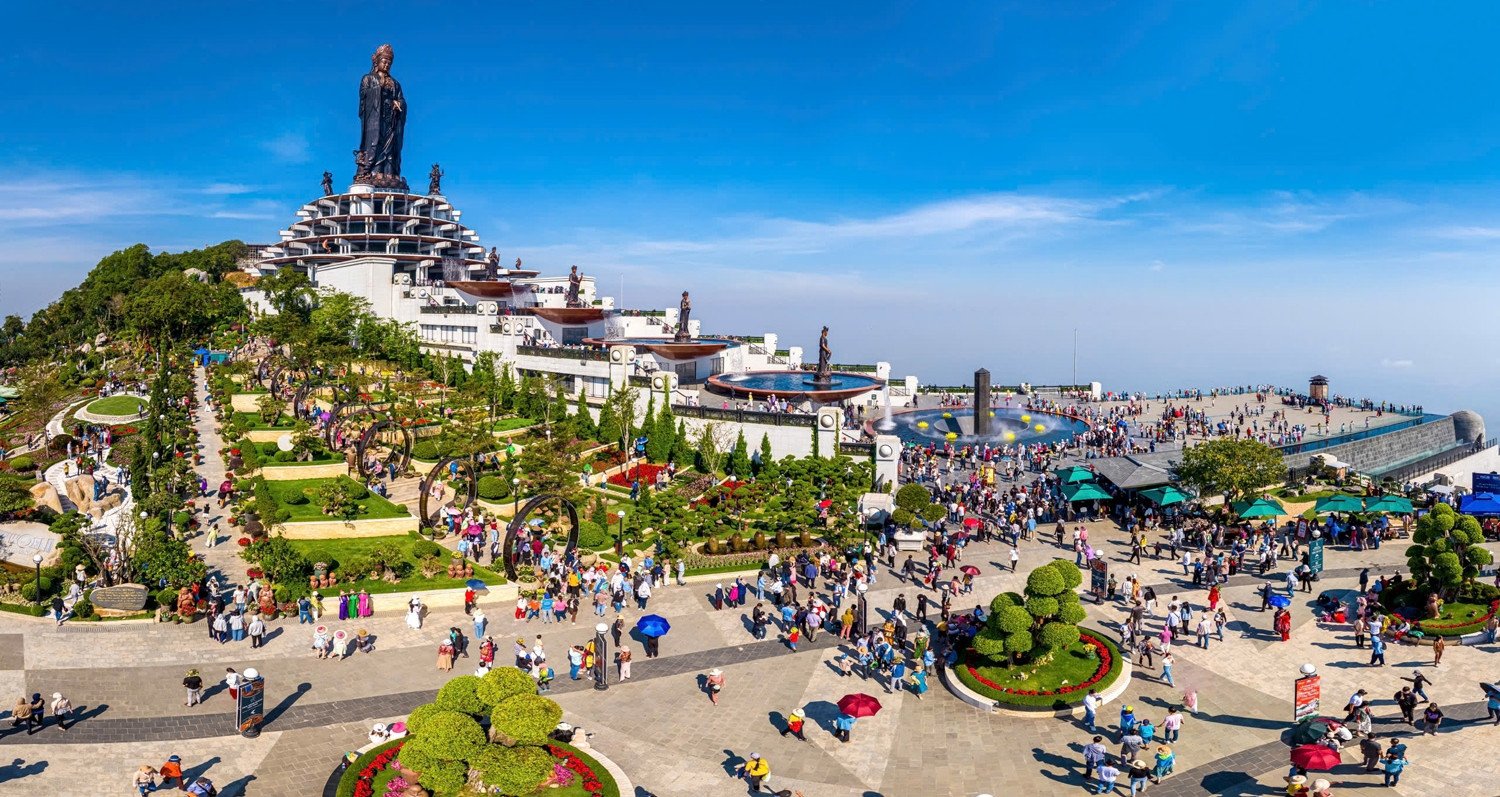



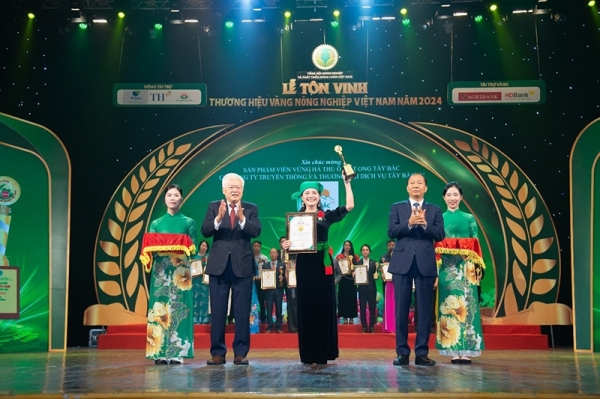










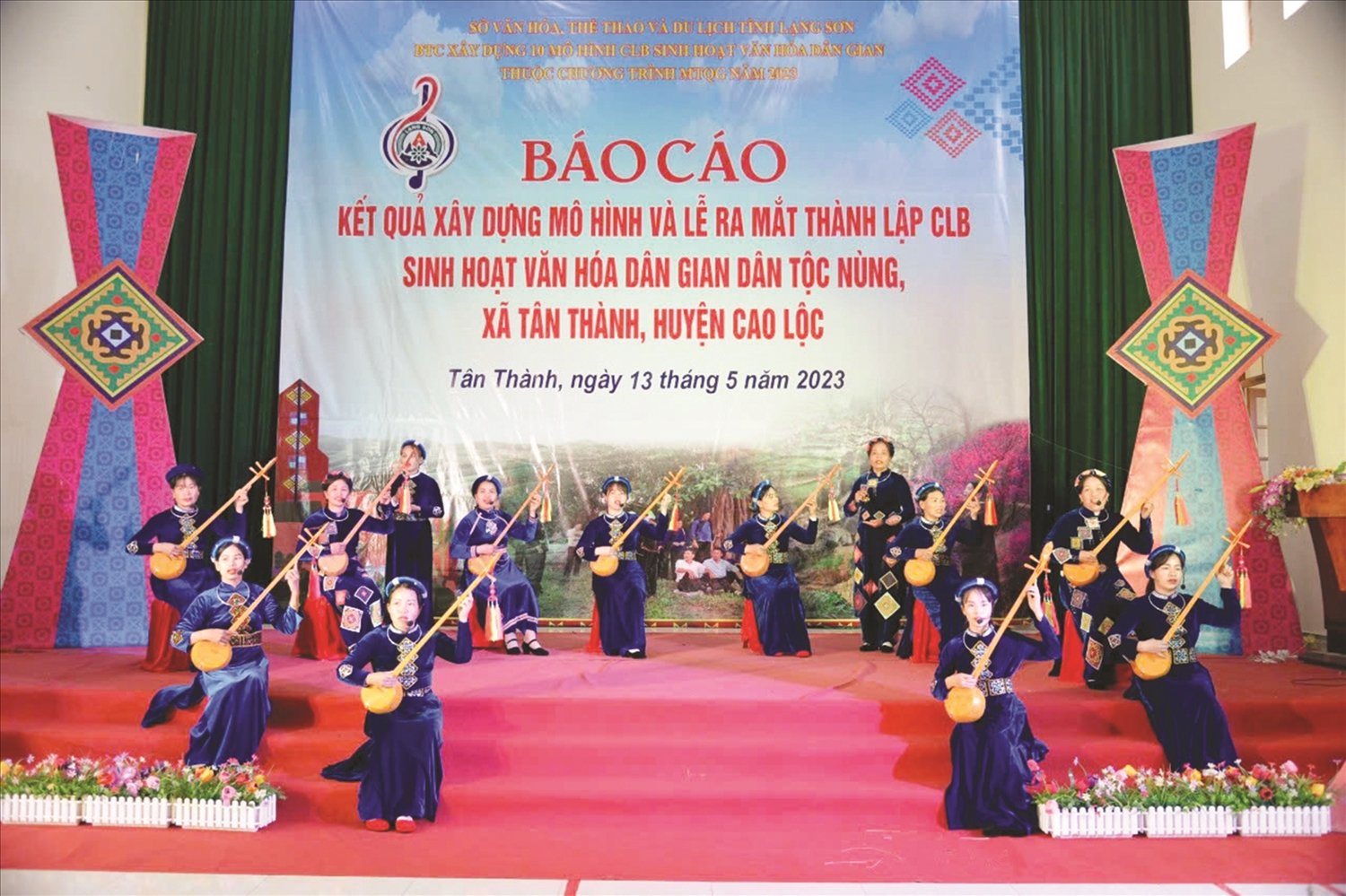




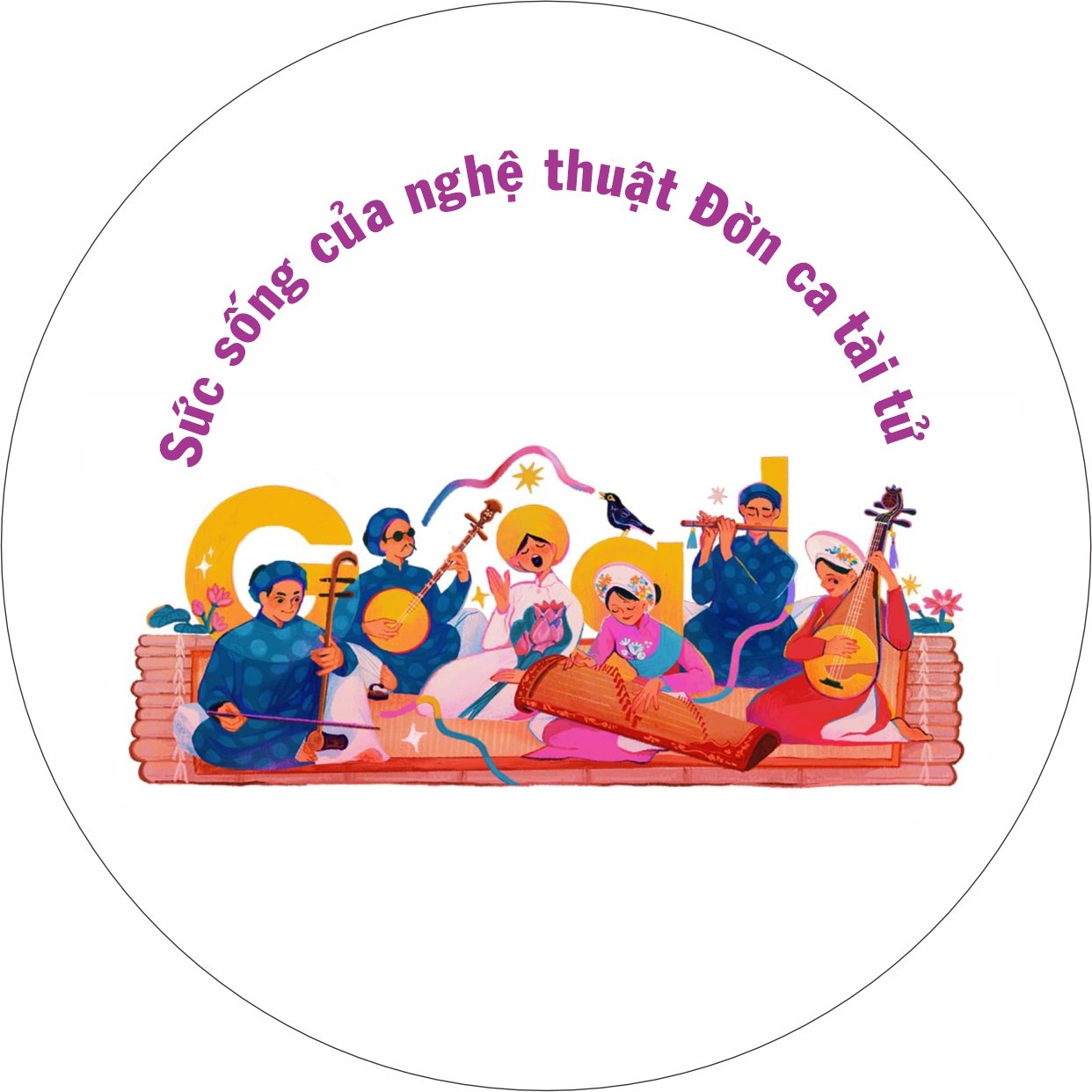







































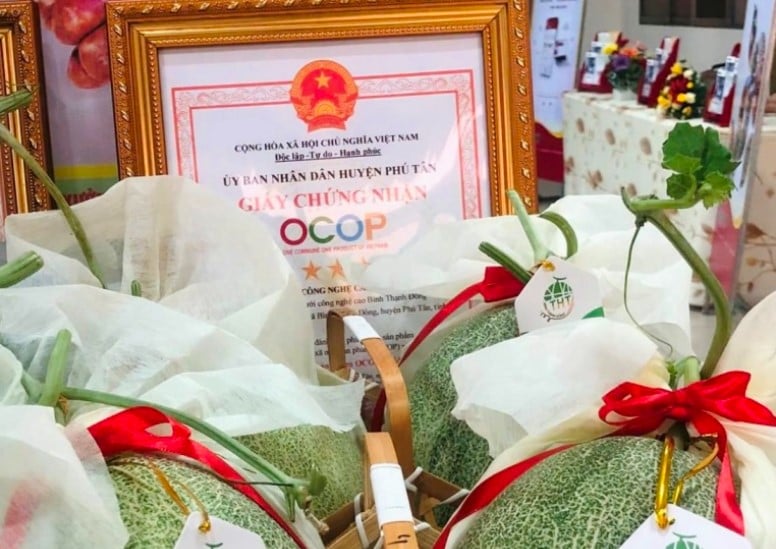




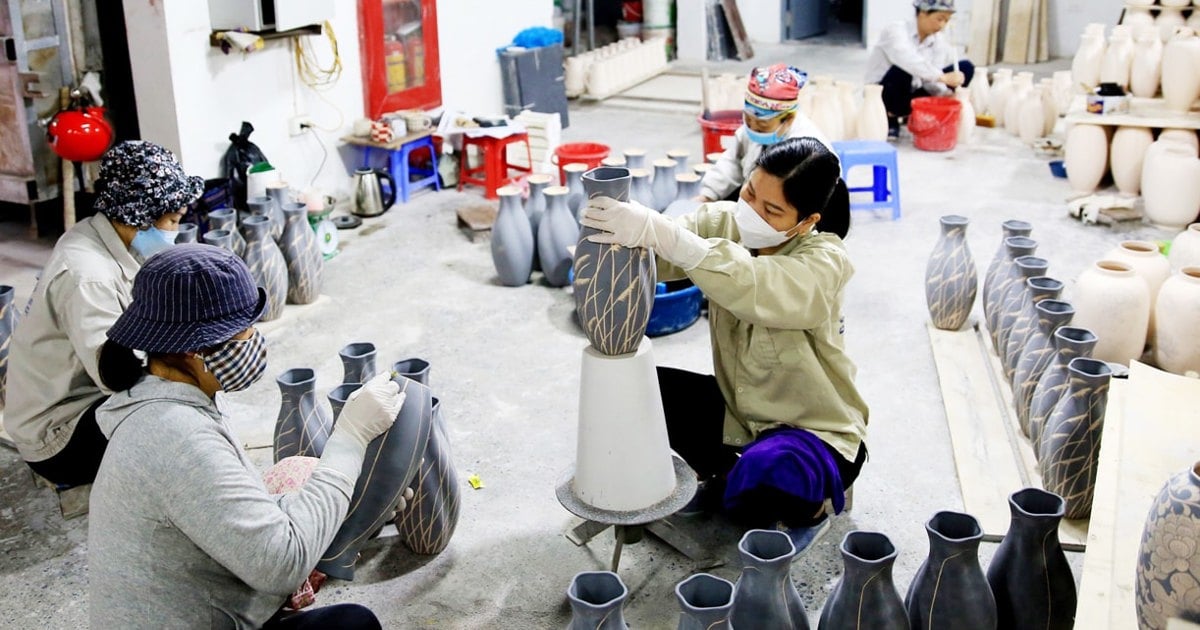



Comment (0)